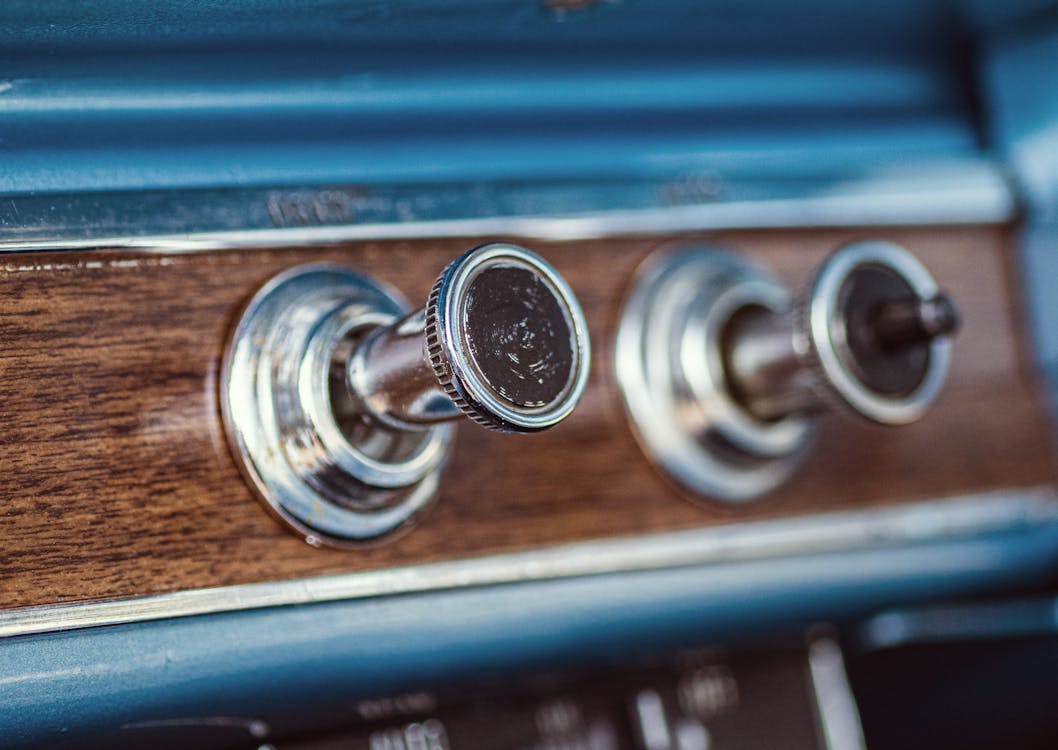
For the past years, cars and truck insides have been swiftly progressing toward streamlined, screen-dominated control panels. Touchscreens changed conventional knobs, sliders, and buttons in what several thought was the inevitable march of progression. Yet, in an unexpected spin, physical buttons are quietly making their back into contemporary vehicles. The shift signals greater than simply a sentimental nod-- it's a feedback to real-world comments from vehicle drivers yearning simplicity, safety and security, and tactile contentment.
The Digital Overload Dilemma
When touchscreens first began taking over control panels, they seemed like the future: clean, adjustable, and filled with functions. They eliminated clutter and enabled car manufacturers to simplify their interiors with fewer physical components. However as more functions were hidden within electronic food selections, vehicle drivers started to articulate problems.
Touchscreens frequently need several steps to carry out fundamental tasks like changing the climate or altering the radio station. Unlike buttons, they lack the intuitive muscle memory that allows a driver to transform a setup without taking their eyes off the roadway. With so much occurring on-screen, it becomes all too very easy to obtain sidetracked-- something nobody wants when traveling at freeway speeds.
The Return of Tactile Functionality
One of the most significant advantages of switches is their tactile feedback. You can feel them without requiring to look. This sensory support makes them not just convenient but more secure for motorists. When your hand naturally knows where the quantity knob is or how much to push a switch to activate the defrost, it reduces the requirement to glance down or far from the road. And while touchscreens supply comfort for infotainment and navigating, the vital everyday features-- like hazard lights, audio controls, and HVAC-- really feel better fit to physical controls.
In fact, lots of chauffeurs that formerly spoke highly of electronic systems have shared gratitude for more recent versions that blend modern-day visual appeals with the sensible feel of standard controls. It's not concerning declining advancement-- it's about improving functionality.
A Balanced Design Philosophy
Developers have actually taken notice of this moving belief. As opposed to abandoning screens, they're rethinking exactly how they're incorporated. The most effective insides currently strike an equilibrium between digital flexibility and analog precision. That indicates purposefully positioning switches for essential functions while using digital user interfaces for applications, navigating, and media.
This hybrid strategy is specifically preferred in lorries made for long-distance driving or family members. The convenience of pressing a switch without stumbling with a menu makes a big distinction when you're attempting to stay focused, comfy, and secure. Also in cars known for sophisticated technology, an easy rotary dial or responsive control can be the function that wins over drivers looking for thoughtful layout.
Buttons and the Emotional Connection
There's likewise something uniquely psychological regarding buttons. They bring a particular level of involvement that touchscreens simply don't duplicate. Pressing a switch or turning a dial seems like you're physically connecting with your cars and truck-- it adds a layer of link that makes the driving experience much more enjoyable.
For look at this website those thinking about used Chevy cars, vehicles from current years often use the best of both worlds: responsive touch user interfaces paired with classic physical controls. These versions bridge the gap in between innovation and familiarity, making them ideal for drivers who value modern-day functions without compromising simplicity of use.
Technology Isn't Just About Screens
It's very easy to merge modern technology with screens, but true technology indicates enhancing the driver experience. In this light, buttons are a kind of smart style. They're quickly, precise, and do not demand interest. As automotive design becomes progressively driver-centric, benefit and intuitiveness take center stage.
This also connections straight into the resale and trade-in value of vehicles. Vehicles that prioritize straightforward attributes often tend to age better in the eyes of future buyers. If you're taking into consideration a Chevrolet trade in, understanding that your current lorry provides an attentively developed inside, total with conveniently available controls, can have a favorable effect.
The Future Is Functional
As car makers re-evaluate the role of interfaces in the cabin, they're led by chauffeur responses and real-world usability researches. The resurgence of buttons does not signal a return to the past-- it's a progression in thoughtful, user-first design. It acknowledges that development does not always suggest eliminating the old however incorporating it in a way that makes driving safer, easier, and more delightful.
If you're in the market and checking out Chevy new car deals, keep an eye on how different models manage their interior controls. It's not just about the touchscreen size-- it's about how the vehicle aids you remain concentrated on the roadway while making your everyday commute much more user-friendly. Buttons might not be the flashiest feature, but they're quickly turning into one of one of the most valued.
For more understandings right into automotive trends, interior design developments, and smart automobile buying pointers, make sure to check back frequently. We're always upgrading the blog site with fresh ideas to assist you browse the road in advance.